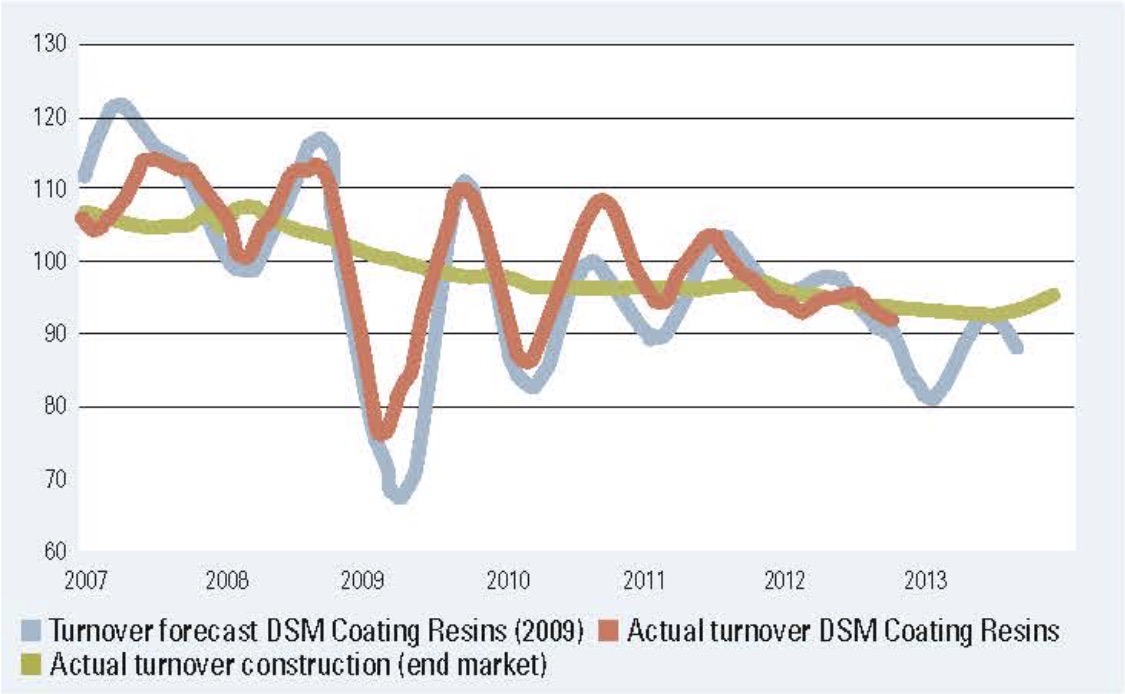Better planning in times of crisis

The coronavirus outbreak has turned supply chains upside down. While medical equipment is almost impossible to get hold of, demand for many other products has declined and sometimes even completely evaporated. In the meantime, management boards are trying to salvage their figures and safeguard liquidity by putting projects on hold, furloughing staff, delaying payments and actively reducing their inventory.
By Alex Tjalsma
The big question, of course, is whether those management boards are making the right choices, both for now and for the future. After all, history has shown that lost demand eventually returns – often more strongly than before – and vice versa. So the real challenge is not only to survive in the short term, but also to be ready for the market boom/bust later on. In other words, how can you make sure that – in the midst of all this dynamism and uncertainty – you not only make the right decisions, but above all avoid making the wrong ones?
Three elements are of vital importance in this context, and should form an integral part of every organization’s crisis management: ensure you understand the actual demand, prepare for the inevitable upswing or downswing, and create responsive supply chains.
Actual demand
It is essential to have good insight into the actual demand. The question is, how accurately can the demand be predicted in a time of crisis? The complex combination of the fall in end-user demand, supply chain disruption, active inventory decisions, multiple echelons and lead times mean that it is not humanly possible to do so, and regular, linear predictive models – which are often based on historical sales figures – fall short.
During the credit crunch, lots of companies gained experience with simulation models. Chemical concern DSM was particularly successful. Together with TU Eindhoven, it developed a surprisingly robust simulation model that enabled the company to not only reliably predict but also understand the sales of DSM Coating Resins up to two years in the future, despite a substantial bullwhip effect with downswings of as much as 50%. The key to its success was the inclusion of the cause of the volatility in the model.
Upswing or downswing
The best demand forecast in the world is worthless if you’re incapable of using the insights as the basis for effective decision-making. That’s why it’s essential to set up an interdisciplinary demand & supply planning process. The aim is to anticipate and make strategic decisions to give the supply chain time to prepare for the inevitable upswing or downswing.
DSM Coating Resins used the insights it gained from the simulation for exceptional crisis management, including opening up new capacity in the midst of the crisis, retaining key workers, continuing to innovate, building inventory in advance and safeguarding the supply of raw materials at the lowest point of the downturn. This approach enabled DSM to emerge from the crisis stronger, with a bigger market share and higher revenue.
Responsive supply chains
After the financial crisis caused demand to plummet, countless companies were left with overcapacity and struggled to get their operation to the right level in the short term. One key cause was that, for several years, decisions about the footprint and capacity had been carefully planned and implemented for a very specific demand scenario. For the future, it is crucial that managers tackle demand uncertainty proactively and create supply chains that are flexible enough to cope with multiple demand scenarios in terms of both volume and mix. This requires not only flexibility in capacity and material availability, but also short response times and lead times so that high-risk decisions can be delayed until the information is sufficiently reliable.
Doing so reduces the dependency of responsive supply chains on unreliable forecasts. Besides in times of crisis, this is also essential to improve the organization’s ability to cope with increasing variation and uncertainty in a regular situation.
However, no one should expect to be able to make the right decisions all the time. That’s not possible in normal circumstances, let alone during a crisis. Having said that, it is possible to create circumstances which significantly improve your decision-making ability – even if just to avoid making the wrong decisions.
Alex Tjalsma is a partner at Involvation










